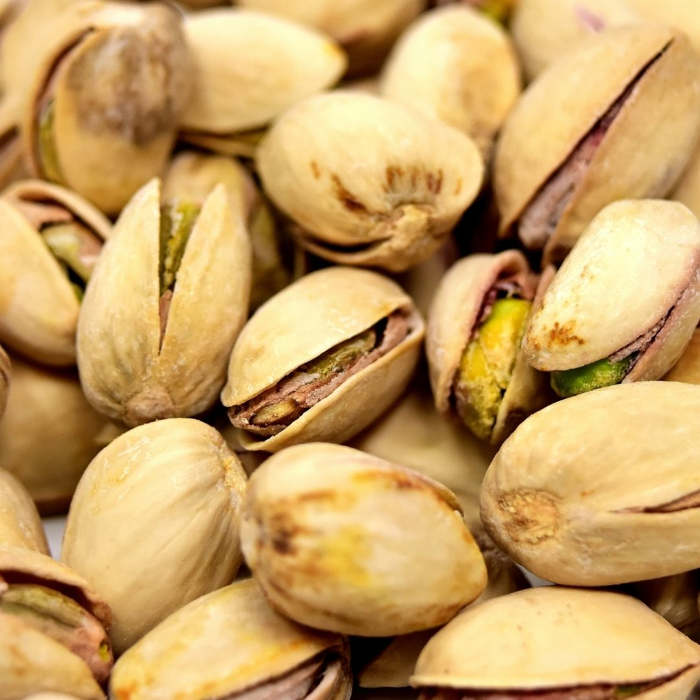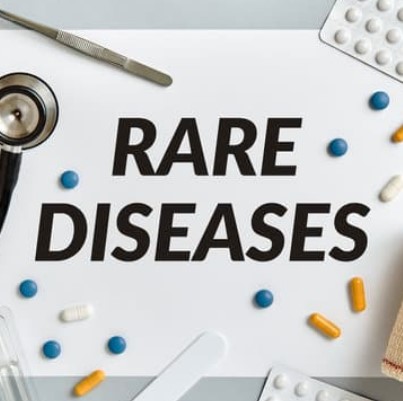
"Sí, iba a hacer la comida, pero finalmente alguien me vino a visitar".
En esta frase "Iba a hacer la comida", es una acción planificada, una intención. Fue una pequeña frase en la que usaste el tiempo futuro en el pasado.
Ahora, lo que aprenderemos es a expresar el mismo tipo de frases en inglés, especialmente con Was going to.
Was going to y el tiempo futuro en el pasado
Podemos utilizar "was going to" para hablar del futuro a partir de un momento del pasado: cuando hablamos de cosas que estaban previstas o de intenciones:
I was going to visit our London house, but my train was delayed. - Iba a visitar nuestra casa de Londres, pero mi tren se retrasó.
*** Es la intención que está en el pasado y que ha cambiado. El tiempo al que se refiere la intención puede ser tanto en el futuro como en el pasado:
Tomorrow we were going to go to the cinema but our car has broken down. Mañana íbamos a ir al cine pero nuestro coche se ha estropeado.
On Monday I was going to meet Anna, but she didn't show up. El lunes iba a quedar con Anna, pero no apareció.
Esta estructura también se utiliza para explicar por qué no se ha producido un hecho, para pedir una disculpa, para explicar un cambio de proyecto, para explicar un contexto:
I was going to invite Anna tonight. Do you think it’s a good idea? - Iba a invitar a Anna esta noche. ¿Crees que es una buena idea?
Hello Anna, I was going to send you a message today, but I totally forgot. Hola Anna, iba a enviarte un mensaje hoy, pero se me olvidó por completo.
We were going to have breakfast together, but we decided to meet for lunch instead. Íbamos a desayunar juntos, pero decidimos reunirnos para almorzar.
Was going to es una forma fácil de recordar para expresar una intención que tenías, o una acción que habías planeado. Por supuesto, hay otras formas de hablar del futuro en el pasado (veremos dos de ellas a continuación), pero si sólo recuerdas Was going to, ya serás capaz de expresarte en la mayoría de las situaciones.
También podemos utilizar los tiempos perfectos con "going to" para expresar diferentes perspectivas en el pasado:
He has been going to clean the garage for months. I don’t think he ever will.
Hay otras estructuras que pueden utilizarse para hablar del futuro en el pasado. El pretérito continuo puede usarse para arreglos en el pasado:
I was meeting the lawyer at 5pm. He quedado con el abogado a las 17h.
En el estilo más formal, "was/were to" puede utilizarse para hablar de planes y acuerdos:
We were to hold a live interview this day, but some technical problems prevented us from doing so. Este día íbamos a realizar una entrevista en directo, pero algunos problemas técnicos nos lo impidieron.










